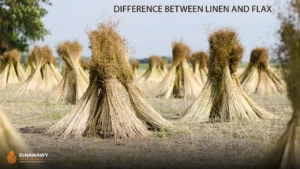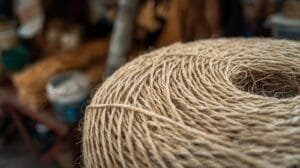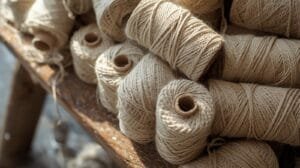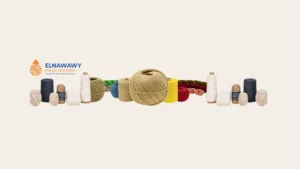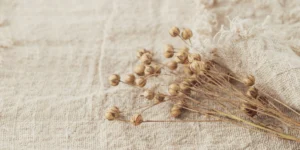Difference Between Linen and Flax
Flax and linen are two words that identify textiles that generate a great deal of admiration and respect in the world of textiles. Though the words are used interchangeably in common language, they are actually different in meaning. Flax refers to the plant Linum usitatissimum, from which the fibers are derived. Linen is the manufactured textile extracted from flax fibers after processing.
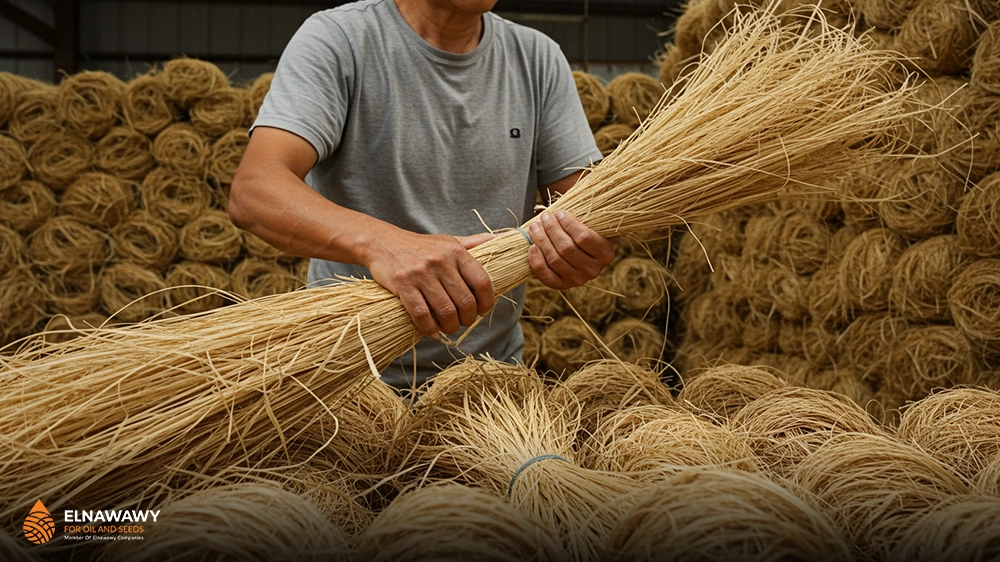
Table of Contents
Jump to a section
What Is Flax?
Flax is a flowering plant (Linum usitatissimum) known for making strong textile fibers and nutritious seeds. Its fibers are renowned for their strength, while seeds are packed with omega-3, lignans, and dietary fiber. Flax is grown worldwide and helps make both textiles and healthy foods.
What Is Linen?
Linen is the soft cloth made from the inner flax stalk. The fibers are processed through retting, breaking, scutching, heckling, spinning, and weaving. The final linen fabric is durable, breathable, shiny, and weather-resistant.
What is the Difference Between Linen and Flax?
Flax
Linen
From Flax to Linen: The Production Process
Flax is sown, flourishes and pulled to preserve fiber length.
Moisture breaks pectin bonds—to separate smooth fibers.
Stalks are broken, and inner fibers are cleaned from wood.
Fibers aligned, impurities removed—preparing for spinning.
Fibers spun into yarn, then woven into linen textiles.
Flax in History & Today
Flax is one of the oldest domesticated plants, used in making ropes and fabrics since 34,000 years ago. In Egypt, linen symbolized luxury and purity; Mesopotamia and medieval Europe depended on flax for textiles and industry. Today, flax and linen remain pillars of sustainability and timeless aesthetics.
Applications of Flax & Linen
Flax Application
- Ropes, sacks, fiber crafts
- Flax seeds and oil
- Linseed oil for cosmetics, paints
- Raw fibers for spinning and paper
Linen Application
- Apparel, sheets, home textiles
- —
- Bookbinding, insulation, tarpaulins
- Linen threads for embroidery, macramé
Why Linen is Special
- Strength & Durability: Among the strongest natural fibers, withstanding years of use.
- Temperature Regulation: Breathable, cool during summer, warm in winter.
- Moisture-Wicking: Absorbs up to 20% weight without feeling damp.
- Hypoallergenic: Resists allergens, good for sensitive skin.
- Biodegradable: Needs little water and chemicals, so eco-friendly and renewable.
Care & Sustainability
Care
- Wash: Machine wash gently with mild detergent, avoid bleach.
- Dry: Air dry if possible, or use low heat.
- Iron: High heat for crisp look, natural wrinkles for relaxed finish.
Sustainability
- Flax uses less water, is zero-waste, and all parts have a use.
- Linen is among the most environmentally friendly textiles.
- Fair trade and organic linen guarantee ethical and sustainable production.
El Nawawy Company: Tradition & Innovation
El Nawawy Company has over 50 years of experience in flax and linen. Established in 1971, they now offer a complete range of yarn and twine products for Egypt and Europe, with sustainable practices and focus on craftsmanship.

